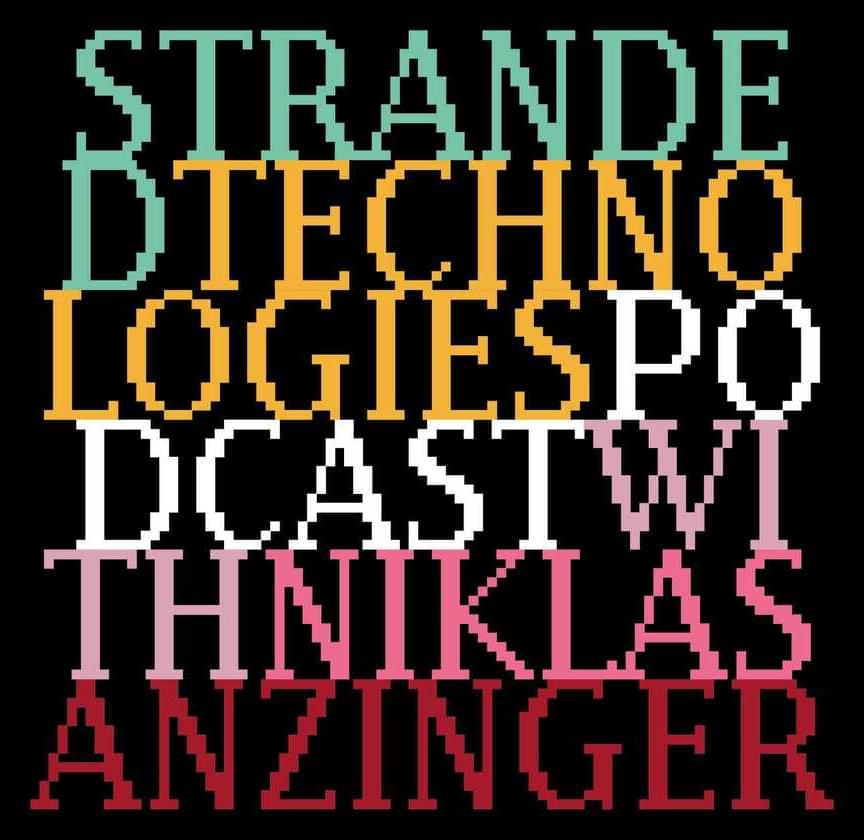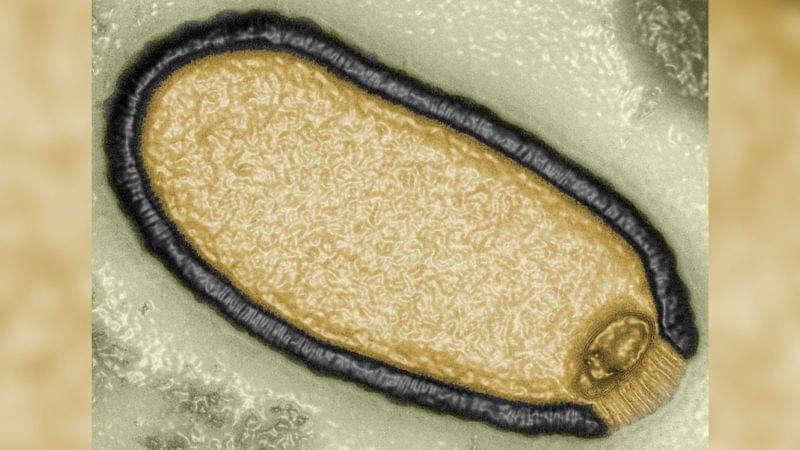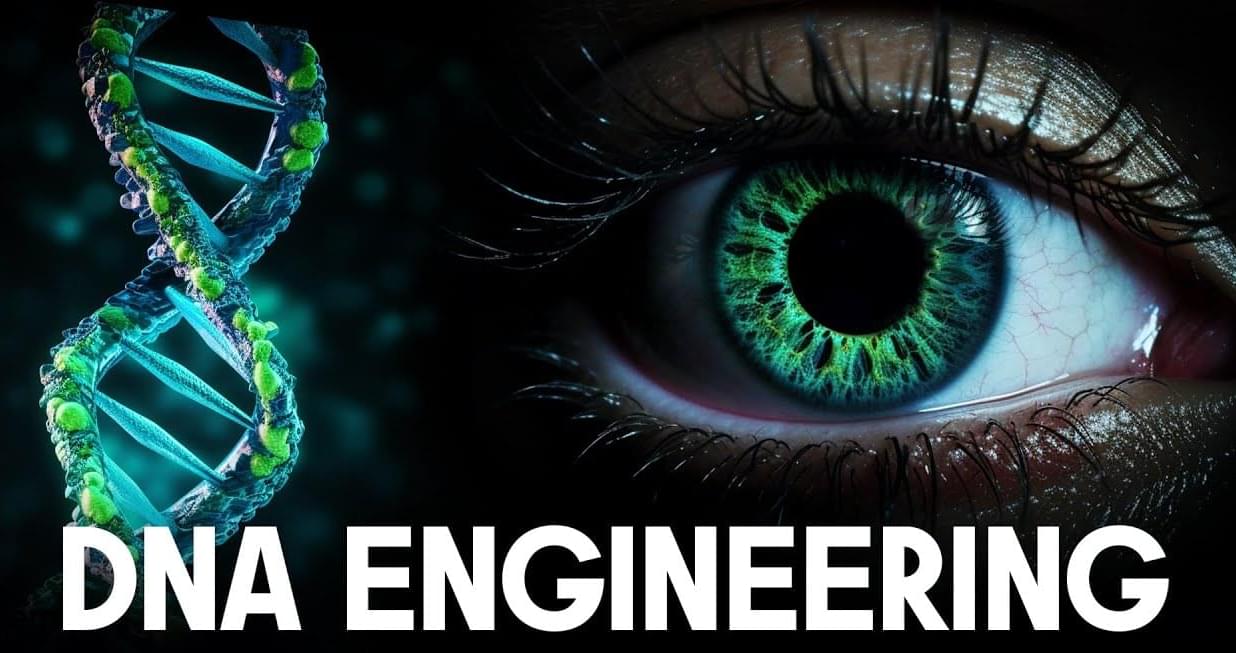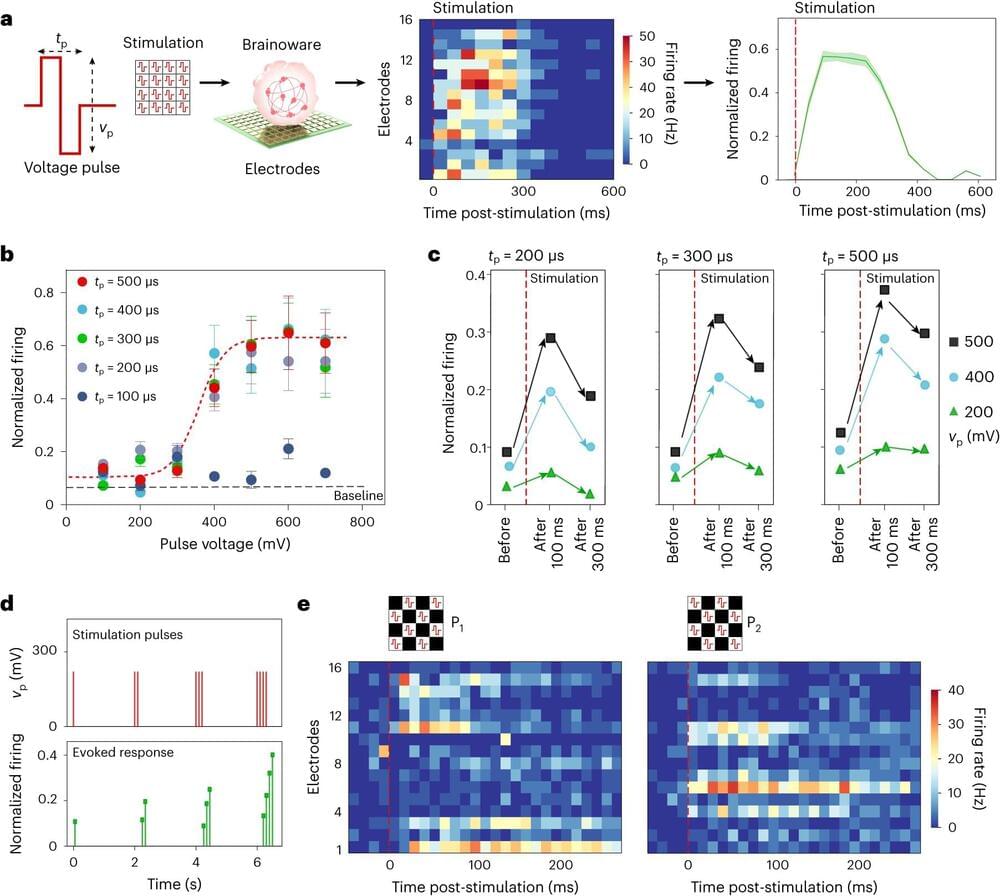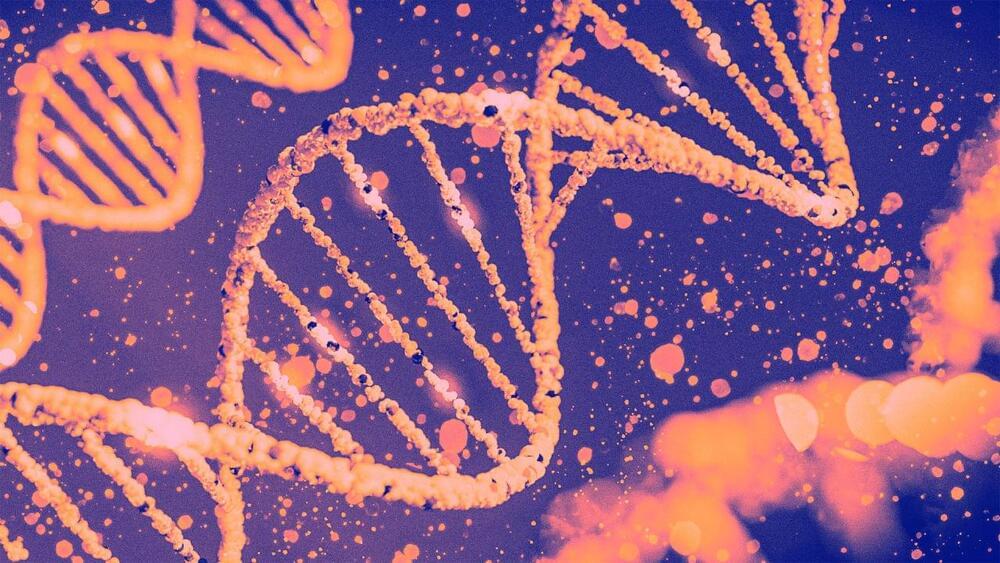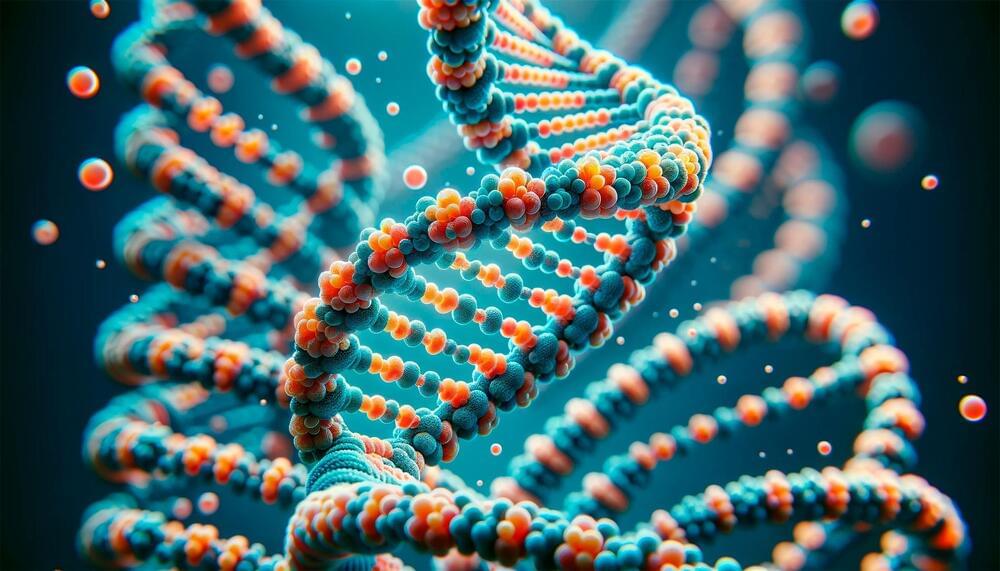Dec 30, 2023
The LIFE-EXTENSION Doctor: “The ONE thing that’s increasing your chance of early-death by 170.8%!”
Posted by Chris Smedley in categories: bioengineering, biotech/medical, life extension
In this new episode Steven sits down with the physician and longevity expert, Dr Peter Attia. 0:00 Intro 03:26 What is your mission? 06:52 Medicine 3.0 14:51 When should we really think about diseases? 23:14 What role does trauma play in longevity? 47:24 The 5 health deterioration 50:16 Proof exercise is important 01:04:48 Body deterioration can be slowed down 01:08:38 How much exercise should we be doing? 01:14:03 The importance of stability 01:20:59 We’ve engineered discomfort out of our lives 01:26:29 Sugar 01:34:16 Misconceptions about weight loss 01:45:13 Alcohol 01:49:13 Sleep 01:52:35 Hormone replacement therapy 01:57:07 Hair loss 01:59:48 The last guests question You can purchase Dr Attia’s new book, ‘Outlive: The Science and Art of Longevity’, here — https://amzn.to/3FUD6ok Follow Dr Attia: Instagram: https://bit.ly/3rBMyJ7 Twitter: https://bit.ly/44DkrYF YouTube: https://bit.


